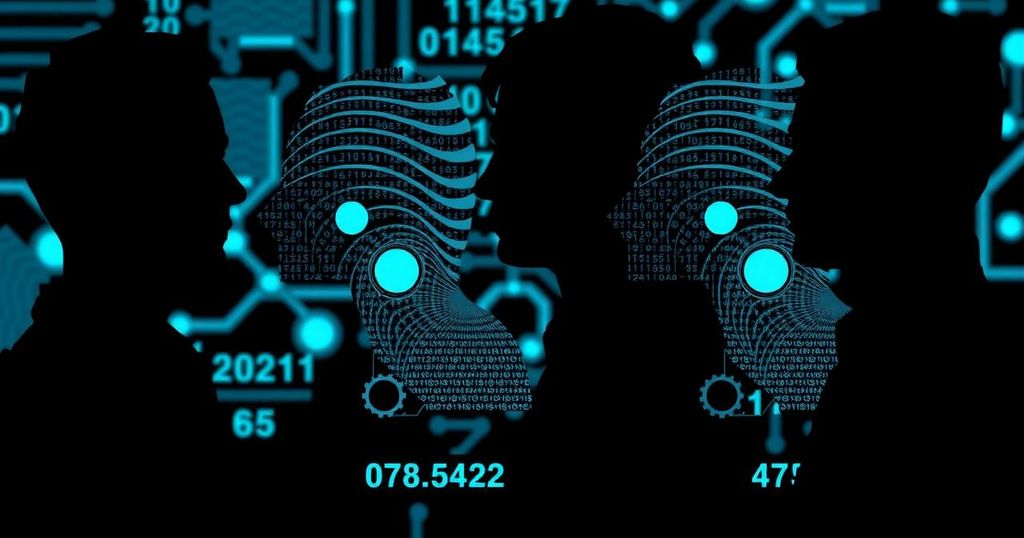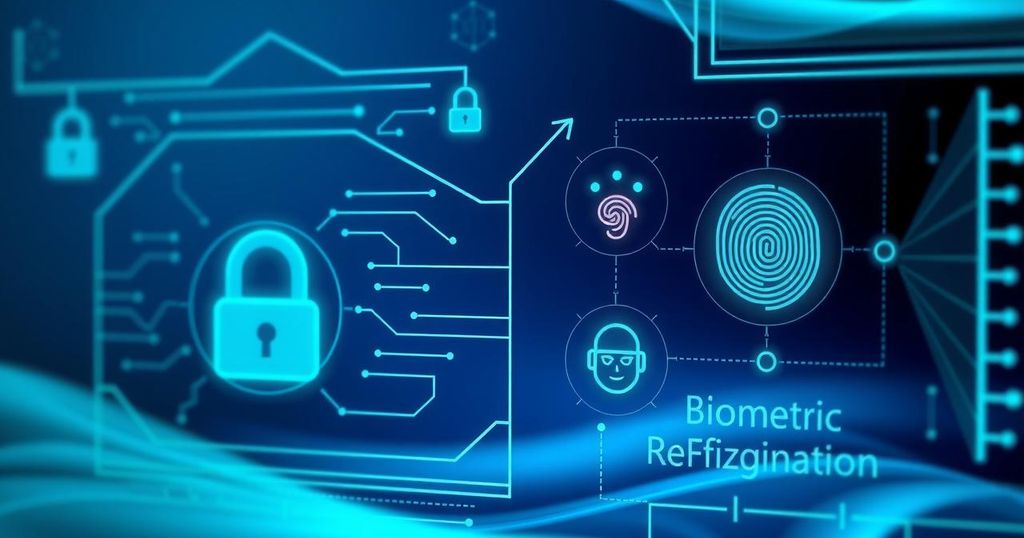Summary
TSA’s biometrics program is advancing despite criticisms, similar to past airport technologies. The program includes facial recognition for security with strong privacy protections and high accuracy rates. The TSA emphasizes transparency and ethical practices while addressing public concerns about new technologies. Historical precedents suggest that initial skepticism can shift towards acceptance as technology is better understood.
The TSA’s biometrics program is rapidly advancing, countering criticisms such as those from Senator Jeff Merkley, who proposed an amendment to halt its expansion. Similar attempts to restrict technologies, including body scanners, have historically been rejected, suggesting a pattern in the adoption of new security measures. While initial reactions to biometrics mirror past controversies, the technology is becoming increasingly accepted by the public. The shift towards biometrics at airports resembles earlier technologies, where concerns about privacy and security transformed into acceptance as the public became better informed. The Government Accountability Office (GAO) recently called for improved protections against bias in biometric systems, yet their findings were outdated by publication, missing recent assessments that further the understanding of facial recognition technology’s efficacy. In response to privacy concerns, TSA has implemented measures such as rapid deletion of biometric data and clear signage to inform travelers that participation is optional. With a verification accuracy rate of 99.97%, the TSA aims to ensure a balanced approach to security that respects privacy. Advancements in biometric technology are closely monitored, with ethical practices emphasized by developers like Thales, who adhere to principles encapsulated in the acronym TrUE: Transparent, Understandable, and Ethical. This ensures responsible use of technology that protects individual rights while maintaining security standards. The integration of these measures highlights an ongoing commitment to foster trust and transparency in the evolution of biometrics at airports, paving the way for a safer travel experience.
The Transportation Security Administration (TSA) is modernizing its security framework through the adoption of biometric technology, particularly facial recognition systems. This development comes amidst a backdrop of skepticism and criticism from policymakers and advocacy groups concerned about privacy implications and potential biases in technology. Past experiences with security measures at airports, such as body scanners, provide context for understanding current attitudes towards biometrics. Initial fears about new technologies often recede as governments implement adaptive changes, ultimately leading to widespread acceptance due to improved knowledge and the perceived benefits of enhanced security measures. Recent studies by governmental bodies like the GAO emphasize the need for updated data and operational tests to ensure the technology is not only effective but also ethically sound.
The TSA’s evolving biometrics program reflects a broader trend in the acceptance of advanced security technologies, as evidenced by historical precedents with body scanners. While criticisms focus on potential biases and privacy issues, the TSA’s implementation of strict ethical guidelines, transparency in operations, and robust privacy protections reinforce a commitment to responsible usage. With an impressive accuracy rate and clear choices for travelers, the TSA exemplifies a forward-thinking approach to integrating biometrics into airport security that respects individual rights while enhancing overall safety.
Original Source: www.biometricupdate.com







